The barrel racing industry is on a new trajectory when it comes to the buying and selling of horses.
With incentives catching fire like never before, payouts reaching new levels and more people interested in the Western way of life, assigning accurate prices to prospects and seasoned horses alike can feel more like rocket science than simple math.
Despite the complex nature of the barrel industry, the basic principles of buying and selling remain the same: Have reasonable expectations. Be prepared to act and most importantly, clearly communicate with one another.
Meet the Experts
Melanie Smith
Melanie Smith is a female powerhouse in the Western industry when it comes to buying and selling some of the best in the business. She built herself a robust online sales business—Solo Select Horses LLC—from the ground up, producing more than 12 sales a year focused on Western performance horses ranging across disciplines. Smith is also the founder of Select Genes, a company looking to revolutionize the breeding game with mare power at the forefront.
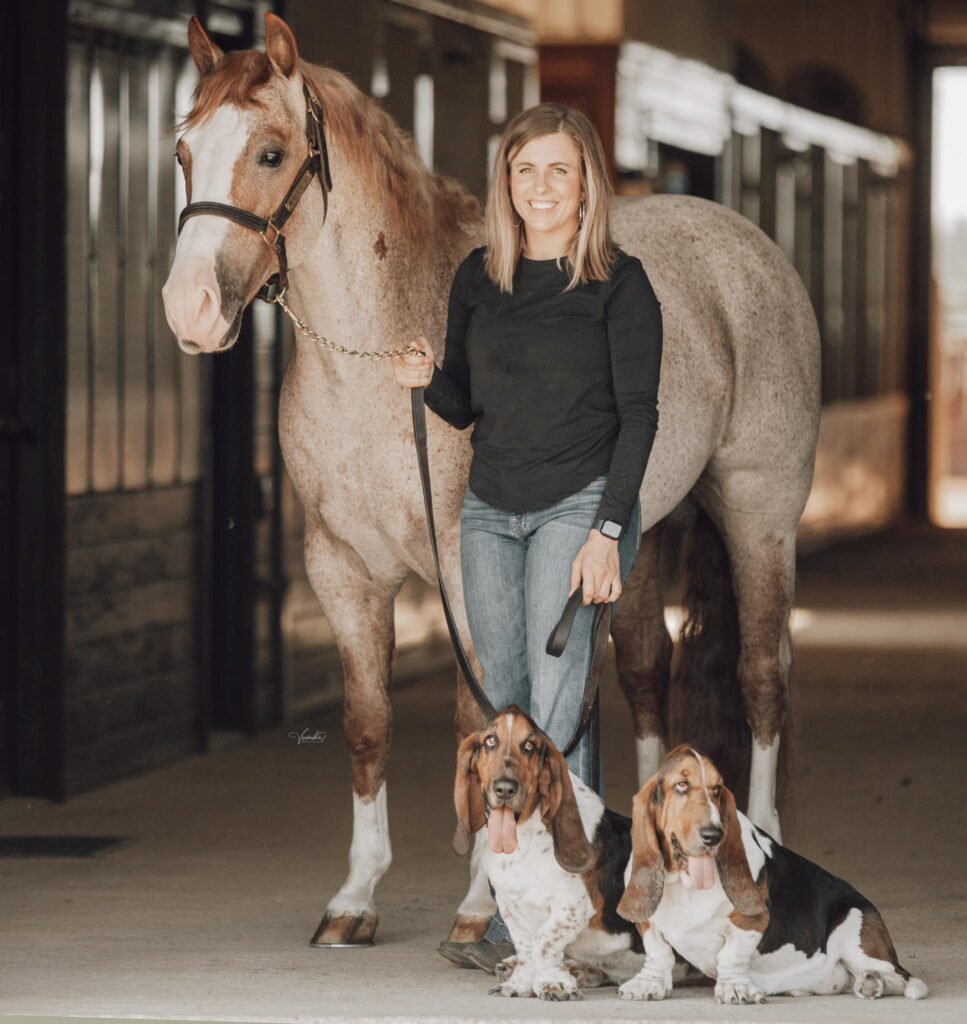
Kyle Jack McEntire
Kyle Jack McEntire has a knack for expertly pairing horses and riders. His clients range from youth to top rodeo professionals, and McEntire has cemented himself as a brutally honest and talented matchmaker in the barrel racing world.
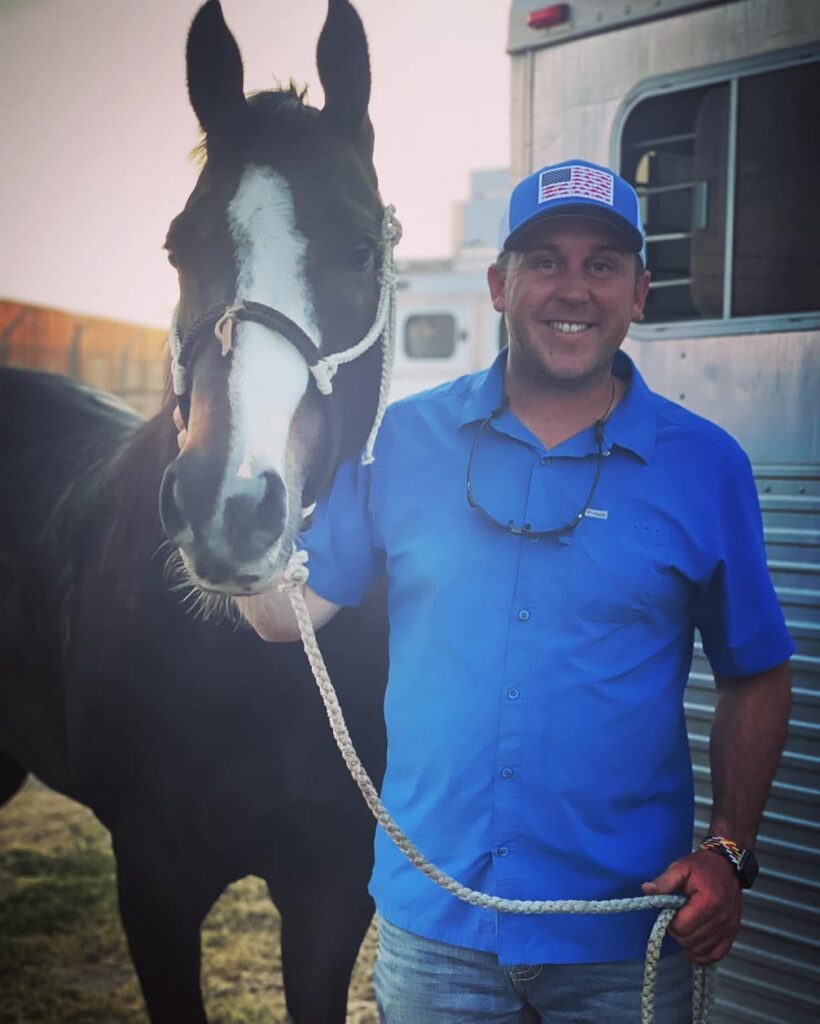
Ivy Hurst
If versatility was a person, Ivy Hurst would be the example. A trainer, barrel racer, roper and experienced saleswoman, Hurst makes the most of every second. Specializing in tuning on talented barrel horses, jump-riding with precision and brokering some of the sports’ top athletes, Hurst is a treasured resource for barrel racers of all disciplines. On her own, she’s a multiple-time Prairie Circuit Finals champion, a Reno Rodeo champion and has seasoned and ran some of the top horses across the United States.
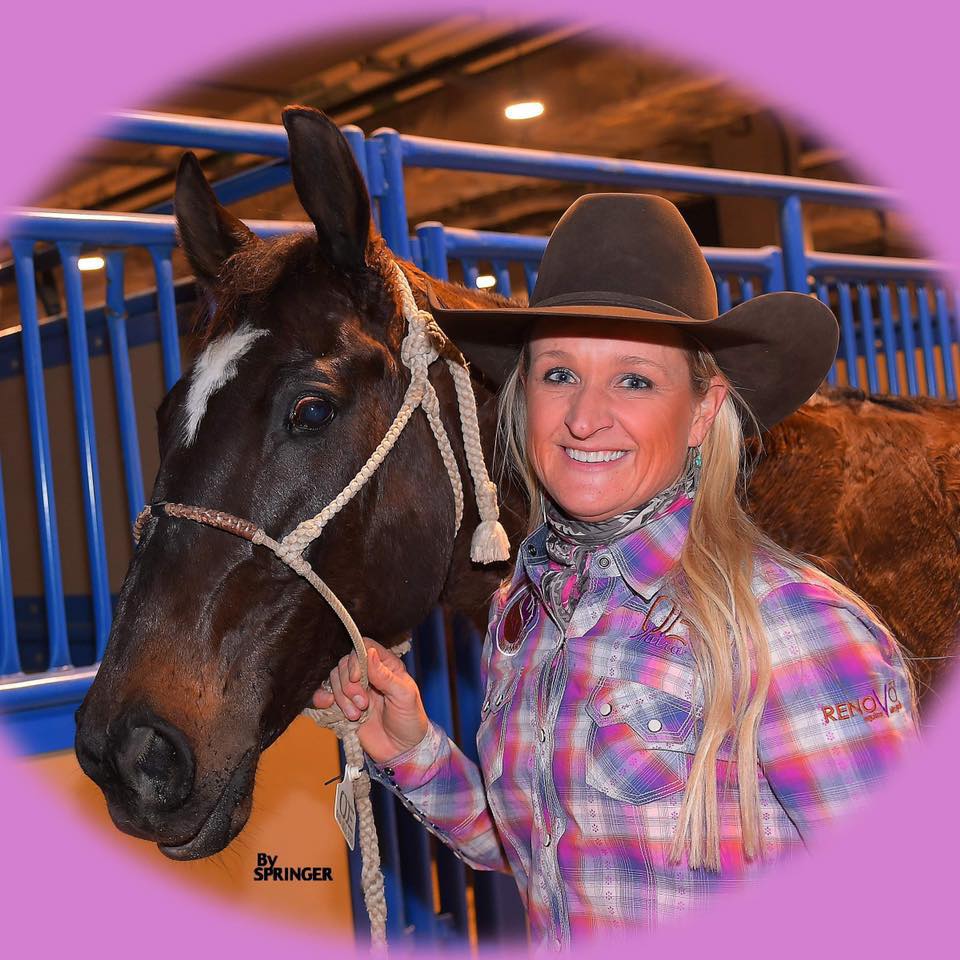
The Do’s and Dont’s: As a Seller
How to Prepare to Sell a Horse
DO show off your product
McEntire: I think you should take a nice picture and have somebody help you. Don’t just have your horse tied up to your horse trailer, have him full of mud and just snap a picture of him and with his head cranked around looking at you. Make him stand up square. Make them look pretty. If you’re asking a lot of money for them, you should have that excitement for your product and take a good picture of it.
DO put in the elbow grease.
Smith: I like to buy one that’s in a better condition. We like to buy fat, shiny horses. Let’s just say the same mare has produced $100,000. Those [progeny] that look terrible will bring $12,000. And when they’re fit and fat and they’ve been [stalled] for 90 days, they might bring $35,000. I have a hard time looking past skinny and poor.
How to Price a Horse to Sell
DON’T over-inflate the price.
McEntire: I’ll always look the horse up and look at stats. I always come up with some comparables and, if they’re way overpriced, I probably won’t help them [sell the horse] if they don’t listen to what I have to say about it. I do keep it very, very real.
DO consider the incentives.
Hurst: I do feel like incentives are key for prospects, for sure. Incentives are even more important as a prospect because the buyer is buying a dream. They dream of winning the Pink [Buckle] and they’re dreaming of winning the Ruby [Buckle.] I think incentives are more important on prospects than on up-and-going horses because you’re buying the dream.
DO consider the bottom side.
Smith: You can have a Slick By Design [prospect] out of a mare that is an own-daughter of First Down Dash, but didn’t do anything. That colt is just not going be worth as much, in my opinion, as a more off-bred mare that [produced] $75,000. I’m going buy the [prospect] that’s out of a producer every day.
DO price based on the horses’ level of competition.
Hurst: Pricing, I think, is a matter of where the horse is competitive. Is it competitive at the local jackpot? Is it competitive at the super show or is it competitive at the ProRodeo? I think those are all key ingredients to pricing. Is it a mare? Is her pedigree valuable for having foals?
The Do’s and Dont’s: As a Buyer
How to Find a Good Prospect
DO be ready to buy what you really need.
McEntire: I like to fit a certain horse to a certain buyer. I’m not afraid to tell a buyer what they need instead of what they want because barrel racers are huge on, ‘I want this, I want this and I want this.’ And they really over-look what they need. And you know, everybody wants a 1D-rodeo-winning horse, but are they really ready to ride that?
DO ask every single basic question.
Smith: Is everything straight on them? Teeth match up? They don’t have any spots in their eyes? Their legs are relatively straight? You have to ask those questions to those people because some of them don’t know. So, I just ask the basics. Do they trot sound or do they limp? And you would be surprised; [people will say,] ‘Well, you know, sometimes they get a little sore up front.’ And that wasn’t in the ad. So, you can eliminate a lot of horses just asking the most basic questions.
DO thoroughly read and research.
Hurst: Read the ad in its entirety before contacting the person and asking the questions that are already printed in the ad. I think that’s a pretty annoying trait that a lot of buyers tend to have. And then they think that you’re rude when you reply back, ‘Read the ad.’ I think from both seller and buyer standpoint, if you are serious, pick up the phone.
DON’T be afraid of a horse that isn’t trendy.
McEntire: There’s a lot of nice horses that are aged between the 9 and 15 that get overlooked because maybe they’re not in an incentive or it didn’t do the maturity game. But for a junior high kid, it doesn’t matter that it’s not in those incentives. You need something safe that’s going to go win.
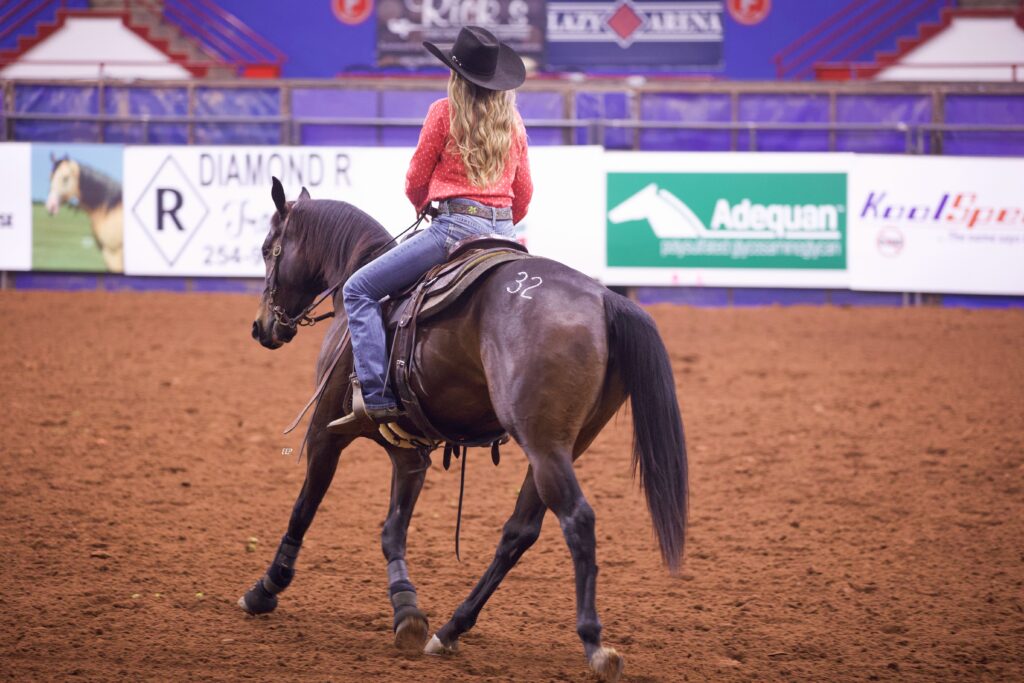
How to Test Ride a Horse
DON’T think every horse needs to be tried at a jackpot.
McEntire: You don’t need to ride it at a jackpot to see if it’s fast enough. I think that’s more for somebody’s confidence—to see if they could just jump on—and I would say there’s probably only a handful of people that can jump ride a horse and make it look presentable and respectful. In my honest opinion, not everybody is a Jordan Bassett and not everybody is an Ivy Hurst.
DO be ready to meet people at their facilities.
Hurst: I don’t know you. I don’t know how you ride. I don’t know how this horse is going to interact with you. So, I think buyers need to be respectful of that and come to our house and get to know the horse first. And then, then the seller gets to decide if we actually get to go to the jackpot or not. I respect that on both buyer and seller’s part because we’ve all bought a horse that rides different at home than he does at the jackpot.
New Team, Same Dreams: Wenda Johnson and Highpoint Barrel Horses Team Up
What to Look for in Vet Checks
DO use a vet you’re familiar with and be ready for imperfection.
McEntire: If the horse is local and you’re able to use somebody you know, use somebody that you are very, very confident with. I don’t think a pre-purchase is a pass or fail because no horse is perfect. I’ve seen a lot of [bad] things, but I’ve also seen things that would make the normal person cringe and people just overlook it and they buy it and then they are super successful.
DO review the documents provided.
Smith: You need to make sure you read that vet statement. You would be astonished at how many people buy horses off that sale and don’t read the vet statement. I sold a mare last year that was foundered, and it was clearly on the vet statement. Well, like three weeks later, I get a call from the guy: ‘Hey, this mare is sore.’ I’m like, ‘Yeah, I know,’ and he’s like, ‘What do you mean, you know?’ And I’m like, ‘Well, it was all there on the vet statement. We took X-rays of her feet; we put it on the vet statement; we wanted to lay it all out there for you.’
DO know your non-negotiables.
Hurst: Navicular and bad front feet are really hard to overcome for me [while] trying to rodeo. OCDs (osteochondrosis dissecans) in the stifles are really not my favorite thing, but I can live with a little bit [of problems] in the hocks.
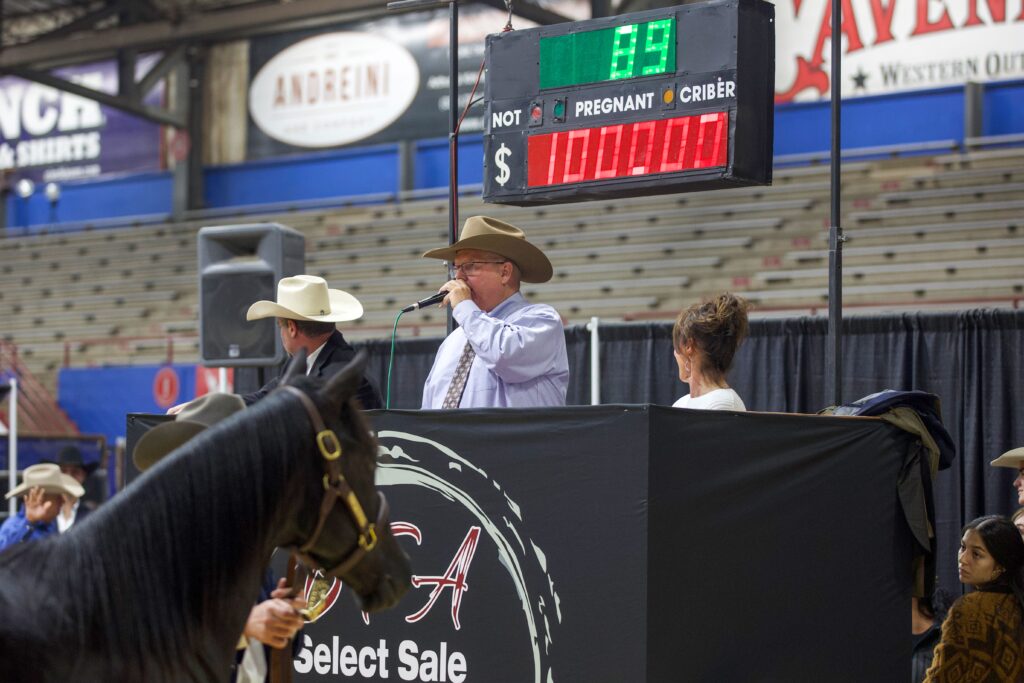
The Do’s and Dont’s: At The Sale
DO recognize a sale’s strengths.
Smith: I prefer to just buy them at the horse sale myself because I think, generally, I have a little bit of an insurance policy with that sale company. You know what to look for at those sales and you know that you’ve at least got the sale company’s procedures outlining that [sellers] have to at least tell you the most basic things.
DO recognize horses can go over budget in the sale ring.
Hurst: I am not a sale person whatsoever because, when I walk into a sale barn and I have $30,000 to spend, I don’t have $30,500. That’s what I like about a horse listed online and $30,000, I know the most I’m going to pay for that horse is $30,000. But I might get them for $25,000, so let’s go [deal.]





